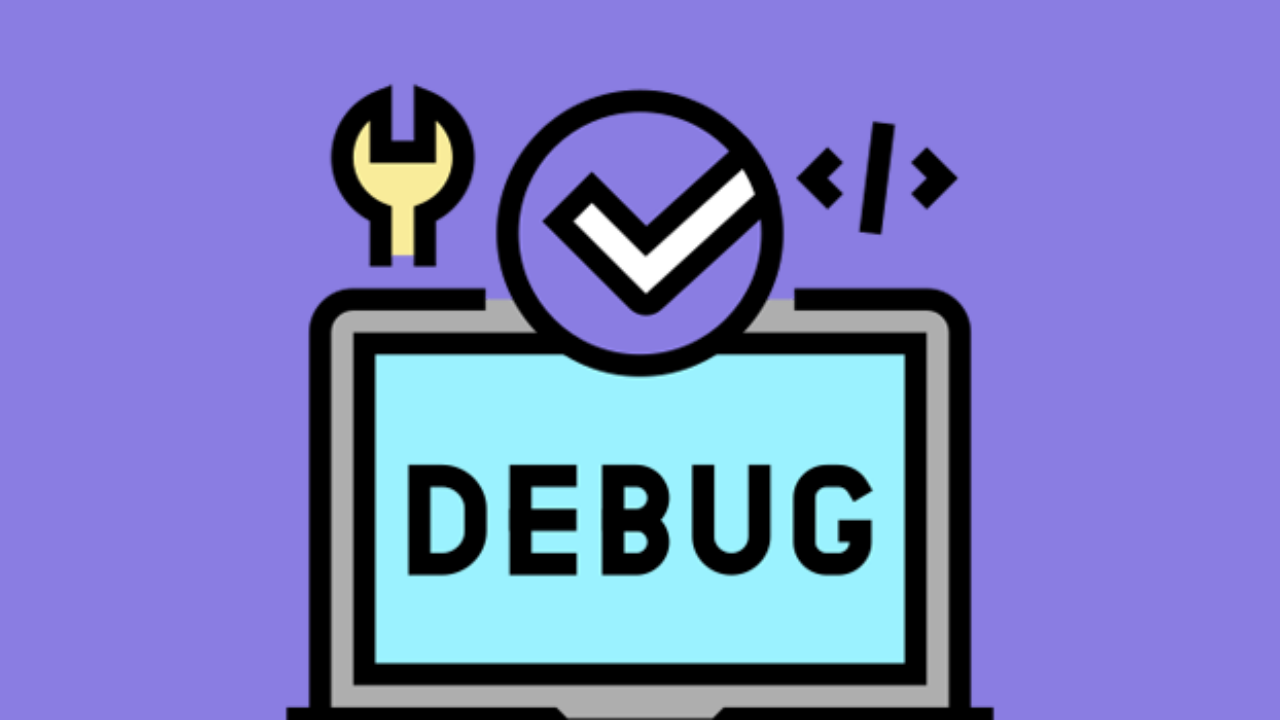Debugging Techniques for WordPress Developers

Debugging is an essential skill for any WordPress developer. Whether you’re troubleshooting errors, optimizing performance, or fine-tuning functionality, effective debugging techniques can significantly streamline the development process. In this article, we’ll explore various debugging methods and tools that WordPress developers can use to identify and resolve issues efficiently.
1. WordPress Debugging Constants
WP_DEBUG
The first step in debugging is often to enable the WordPress debugging mode. This can be done by adding the following line to your wp-config.php file:
define('WP_DEBUG', true);Enabling WP_DEBUG displays PHP errors, warnings, and notices on your site, providing valuable insights into potential issues.
WP_DEBUG_LOG
To log these errors to a file instead of displaying them on the site, you can use:
define('WP_DEBUG_LOG', true);This creates a debug.log file in the wp-content directory, making it easier to review errors without affecting the site’s appearance.
WP_DEBUG_DISPLAY
If you want to hide the errors from being displayed on the site while still logging them, use:
define('WP_DEBUG_DISPLAY', false);This keeps the site visually clean while allowing you to review the log file.
2. Browser Developer Tools
Modern browsers come equipped with robust developer tools that offer a wealth of information for debugging. The “Console” tab displays JavaScript errors, AJAX requests, and console.log statements. Additionally, the “Network” tab is handy for monitoring resource loading times.
3. Query Monitor Plugin
The Query Monitor plugin is a powerful debugging tool that provides detailed information about database queries, hooks, HTTP requests, and much more. It’s particularly useful for identifying slow queries and optimizing database performance.
4. Debug Bar Plugin
The Debug Bar plugin adds a debug menu to the WordPress admin bar, offering quick access to various debugging information. It includes panels for queries, cache, cron, and more, providing a centralized location for developers to monitor critical aspects of their WordPress site.
5. Xdebug for PHP Profiling
For more advanced PHP debugging, Xdebug is a powerful tool that enables step debugging, profiling, and code coverage analysis. It integrates with popular IDEs like PhpStorm and Visual Studio Code, allowing developers to set breakpoints, inspect variables, and step through code execution.
6. Logging with Error_log
For custom debugging messages, the error_log function in PHP can be instrumental. By strategically placing error_log statements in your code, you can log specific information without affecting the appearance of the site. For example:
error_log('Debug Message: Something happened');Check the server’s error log file to retrieve these messages.
7. Use var_dump() and print_r()
While not recommended for production code, strategically placing var_dump() or print_r() statements can help inspect the values of variables at specific points in your code. Remember to remove or comment out these statements once you’ve resolved the issue.
8. Remote Debugging with Xdebug and IDEs
For WordPress development environments running on remote servers or virtual machines, setting up remote debugging with Xdebug and an integrated development environment (IDE) can be immensely beneficial. It allows you to debug code running on the server directly from your local machine.
Conclusion: Mastering the Art of WordPress Debugging
Debugging is an integral part of the development process, and mastering various techniques and tools is essential for WordPress developers. Whether it’s enabling WordPress debugging constants, utilizing browser developer tools, or employing specialized plugins and external tools, having a diverse debugging toolkit ensures you can efficiently identify and resolve issues at every stage of development. With these techniques at your disposal, you’ll be well-equipped to create robust and error-free WordPress websites.



